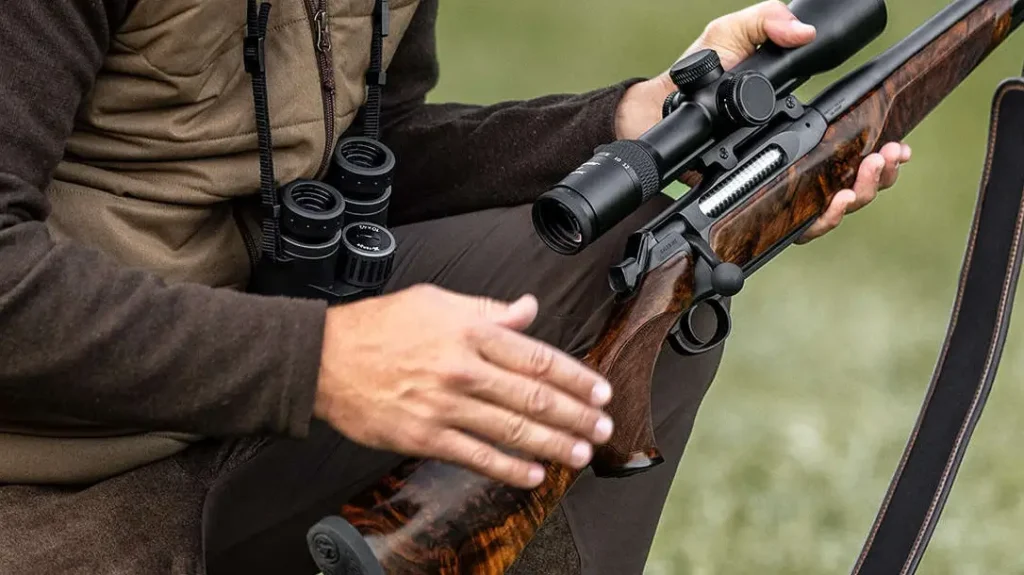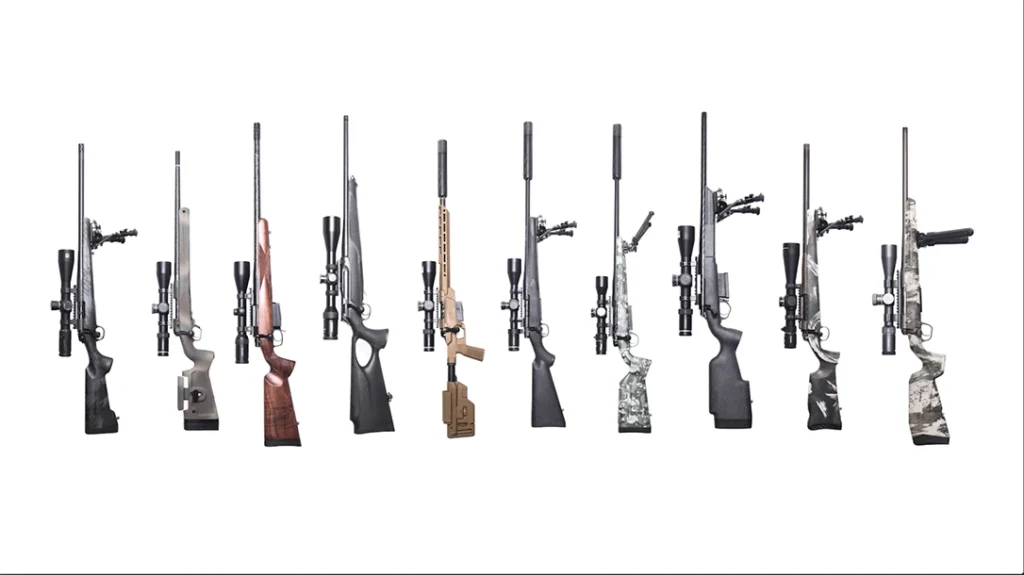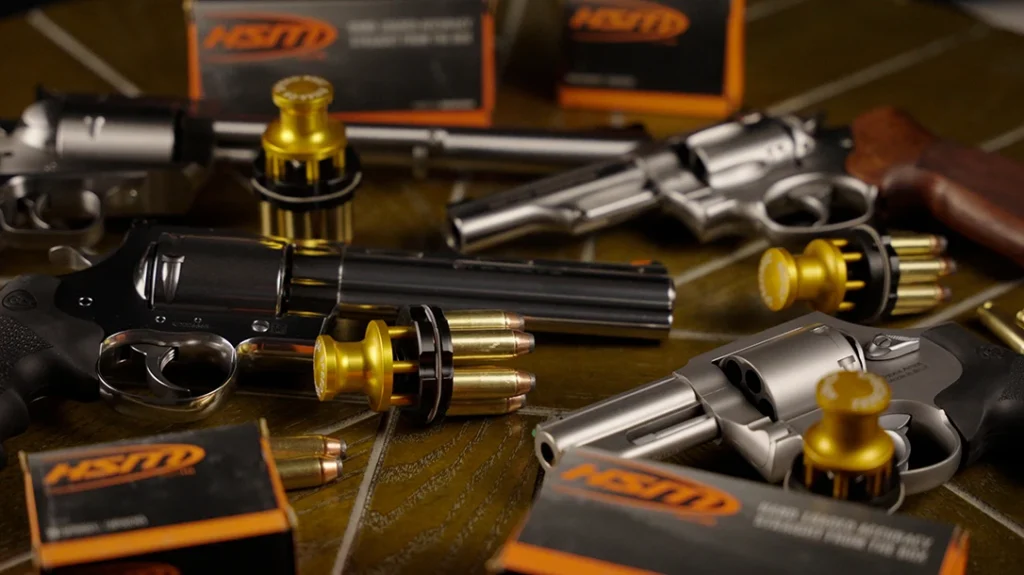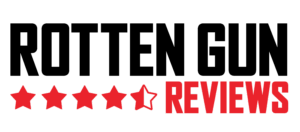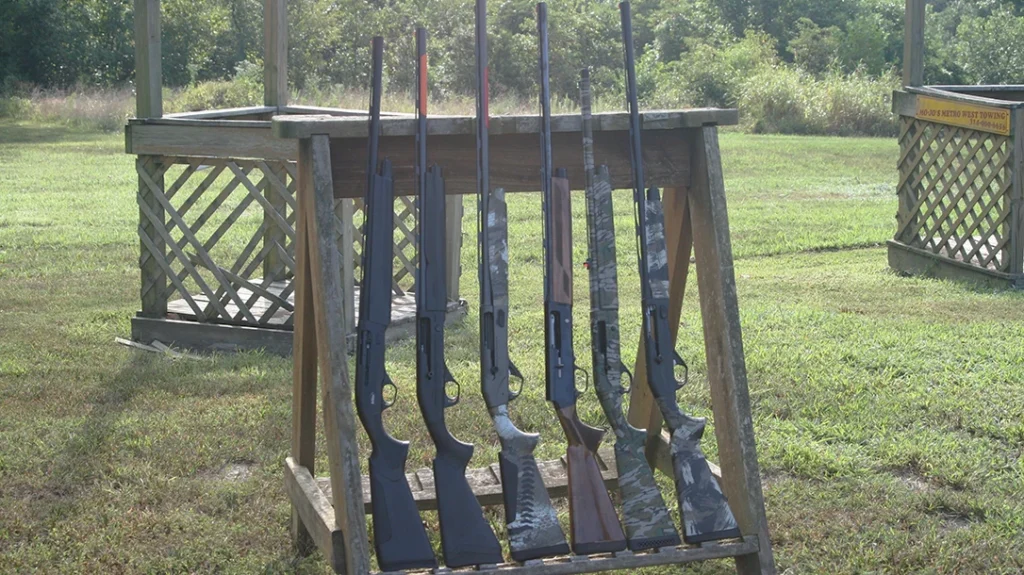The .44 Magnum is a cartridge that sits in the American bloodstream. It was forged by hand-loaders and stubborn experimenters, then legitimized by industry following decades of real-world testing. Elmer Keith the Idaho rancher, gunwriter, and relentless tinkerer; spent the 1920s through the 1950s hot-rodding .44 Special cases, testing heavy, hard-cast 250 to 260 grain Keith-style semi-wadcutter bullets and proving that heavy .44 slugs offered terminal performance that light, fast bullets could not match. Keith pushed Smith & Wesson and Remington to produce a longer, stronger case so those hot loads could not be chambered in weaker .44 Special guns. In 1955 Remington introduced the .44 Remington Magnum and Smith & Wesson launched the Model 29, turning Keith’s field notes and blown-up test guns into the modern big-bore standard.
That lineage is important because it sets the expectation for any modern .44 gun: it must be durable, accurate, and practical for real work. Enter the Taurus Raging Hunter, a revolver that takes the core idea of the Raging Bull family and tunes it for hunting and field use. In my shop this gun has become one of my favorite builds this year, and in the lines that follow I’ll walk you through why this budget-friendly package is such a compelling hunting rig.
What the Raging Hunter Is
Launched around 2018, the Taurus Raging Hunter is the company’s modern large-frame hunting revolver. It evolved from the Raging Bull lineage and kept the dual-lock cylinder latch system for durability, while adding features hunters actually use: an optics-friendly barrel shroud with integral Picatinny rail, a weight-balanced profile to manage recoil, multiple barrel lengths and calibers, and an overall emphasis on field usefulness. Offered in popular hunting chamberings including .44 Magnum, .357 Magnum, .454 Casull, .460 S&W, and even .500 S&W, the Raging Hunter strikes a value point most other manufacturers have a hard time matching.
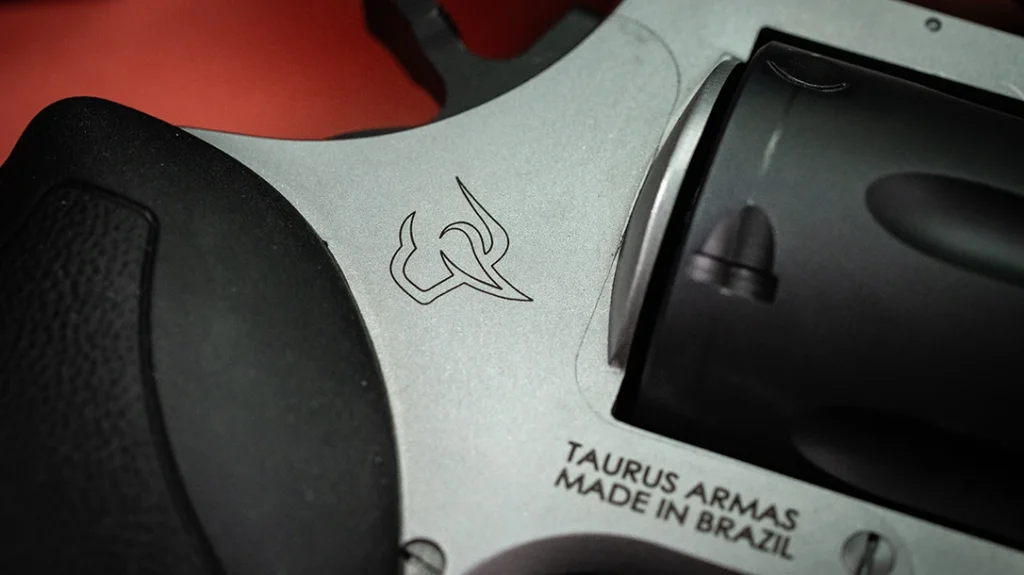
The MSRP of the .44 Raging Hunter sits at $1,275 but the street price hovers closer to $999. For what you get I call that a no-brainer, especially if you want a one-gun solution for hunting medium to large game and even backcountry defense.
Advertisement — Continue Reading Below
Double-Lock System
One of the very first things most shooters notice is Taurus’s double-lock cylinder design. Some shooters take that as a con, arguing it slows reloads or complicates handling. The reality is different. The double-lock increases cylinder lockup reliability under heavy recoil and hard use, and when you spend a little time training with the system you can reload it as quickly and confidently as any other revolver. The key is consistency: if you practice the motion until it is muscle memory, the mechanics become invisible and the benefit of a more secure lockup is tangible. For hunters who run heavy loads and expect the gun to take a beating in rough terrain, that extra reliability is a net win.
Two–Piece Thinking
Taurus’s barrel approach on the Raging Hunter is a two-part system. Inside sits a stainless bore and outside is an aluminum shroud that puts mass and balance where it needs to be. That stainless barrel also has eight ports to create a V. The scientific effect of ports and compensators is straightforward: they redirect gas to counter muzzle rise and leverage plays a role. When your bore axis is nearly seven inches from your wrist you gain leverage and the ports feel meaningful. The Raging Hunter’s ports and weight distribution help the gun feel significantly softer than you might expect for a full-power .44. It is not magic, and ports will not erase recoil physics, but they move the muzzle in a way that keeps your sight picture stable and follow-up shots more practical in a revolver this big.

Ranging Hunter’s Trigger & Ergo
This Raging Hunter sample offered a pleasant factory trigger. Single-action measured 4 pounds 11 ounces, and double-action measured 8 pounds 12 ounces. Could those be improved? Absolutely; there are modest gunsmithing tweaks any competent armorer can make. But those factory numbers are already in a good place for a hunting revolver. The trigger is usable for accurate single-action shots and manageable for rapid doubles when needed.
Factory grips on this gun soak up recoil well and the cushioned backstrap tames slap into the web of the hand. Many shooters want to swap grips, and I understand that instinct (and I do that to almost every wheelgun I get), but I left the factory fitment alone because it worked. The combination of contouring and shot absorption made long strings bearable and maintained consistent indexing for repeatable accuracy.
Advertisement — Continue Reading Below
My Unusual Setup
Pistol hunting is easier when you can bring a meaningful optic to bear. I fitted this Raging Hunter with a Burris 3–12×32 pistol scope. This scope has a parallax adjustment up front and adjustable eye relief, and it carries Burris’s Ballistic Plex reticle which is clean and practical for quick holds in the field. The 1-inch tube lets in ample light for a pistol scope and the eye relief is forgiving when working from awkward positions.

I mounted the scope in a Warne Monolith-style mount, and here’s a detail worth noting: on this setup I needed to install the mount backwards to clear the factory rail and achieve correct eye relief. It sounds odd but it worked perfectly. Nothing on that setup lost zero or backed out during the 100 rounds I ran with the scope in place. The scope’s street price of about $550 is amazing value for what it delivers and I’ve spent far more for optics that don’t come close to the Burris’s practicality on a pistol.
Ballistics & Accuracy
I ran a selection of HSM loads through this Raging Hunter and used a Garmin Xero Chronograph to collect numbers. These are the averages I recorded:
- HSM 240 grain plated flat point landed at 1106.4 fps.
- HSM 300 grain XTP registered 1209.1 fps.
- HSM 305 grain lead gas-checked hollow point pushed 1254.7 fps.
- HSM 300 grain Sierra JSP clocked 1257.3 fps.
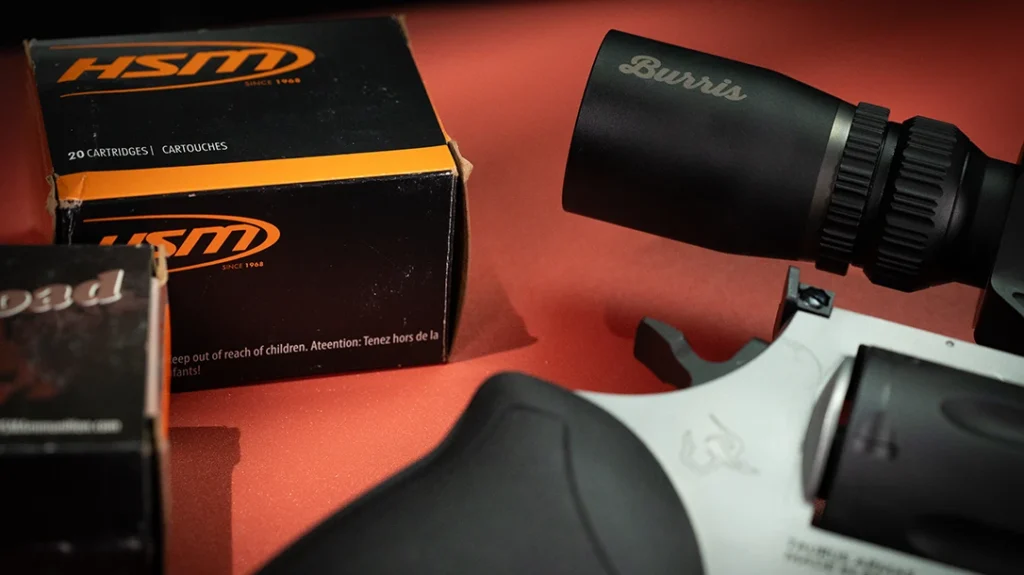
Advertisement — Continue Reading Below
Those numbers tell the story: the Raging Hunter can spit bullets with substantial energy and consistency. In my hands the rig already had 200 rounds through it before I mounted the scope and it was easy to nail a four-inch plate at 50 yards. When I reached for the 300 grain XTP it became my go-to for confident 100 yard work. A well-placed .44 at 100 yards is not fantasy it is a disciplined shot that requires the right load and some fundamentals applied.
There is a debate about ethical ranges for handgun hunting. I push back on the notion that .44 cannot be ethical out at longer distances. At 200 yards a .44 projectile can still be traveling in the neighborhood of 850 fps in some loadings, and a heavy 300 grain slug at that speed is comparable ballistically to a point-blank .45 ACP impact in terminal effect. Ethics hinge on your confidence to place the shot and your knowledge of your ammunition’s performance at distance.
Field Use
This configured rig weighed 4 pounds 6.4 ounces. That is a meaningful mass in a pistol and it matters positively. The weight helps tame felt recoil and stabilizes follow-up shots if they’re needed. For hunters who shoulder this in a pack or carry it in a day pack it is not unduly heavy, and the added mass pays dividends in shot placement.
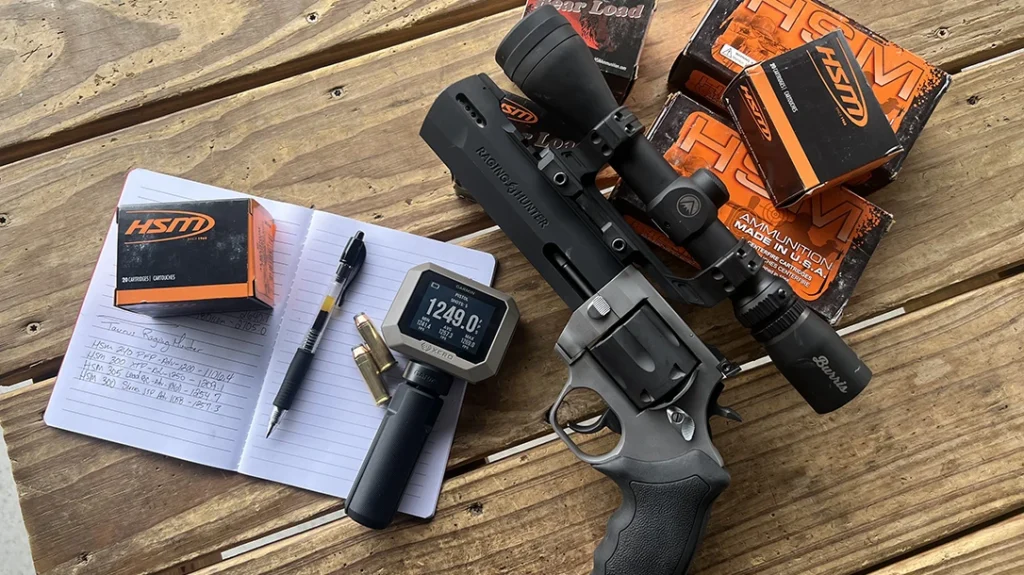
The Raging Hunter has proven itself in the field and in testing. Before I ever mounted optics I had already put 200 rounds through it and it was consistent. Over the course of testing and use it has remained reliable, and the combo of ports, shroud, and felt ergonomics keeps you on target. If you are a guide who may need the revolver as both a hunting tool and a defensive option.
Advertisement — Continue Reading Below
Accessories
I kept the factory grips because they soaked up recoil in a way that made sense for this gun. The Burris 3–12×32 and Warne mount paired flawlessly for hundreds of rounds. The reverse-mounted Warne mount might look odd when you realize it’s backwards, but in real world use it gave perfect eye relief and zero fuss on the range.
Value Proposition
With a street price close to $999 and an MSRP of $1,275, Taurus is offering a package that aggressively undercuts many competitors while delivering real utility. You get a modern barrel shroud with a Picatinny rail, porting, a cushioned backstrap, durable lockup, and the option to run optics out of the box. The Raging Hunter punches well above its price class in terms of function and the modularity of the platform makes it a great candidate for a long-term hunting sidearm.
Final Shots
This Taurus Raging Hunter in .44 is one of my top three favorite builds this year. It is accurate, durable, and practical. The 300 grain XTP load from HSM became my workhorse for 100 yardshots, the Burris scope is a natural fit, the factory grips felt perfect for this configuration, and the mount never loosened even when I tossed the gun into a day pack and beat it around on the trail. Some shooters will tinker with triggers or swap grips, and that is fine. In this case the factory gun is already performing at a level that will win seasons of hunting or carry years of service as a dependable field tool.
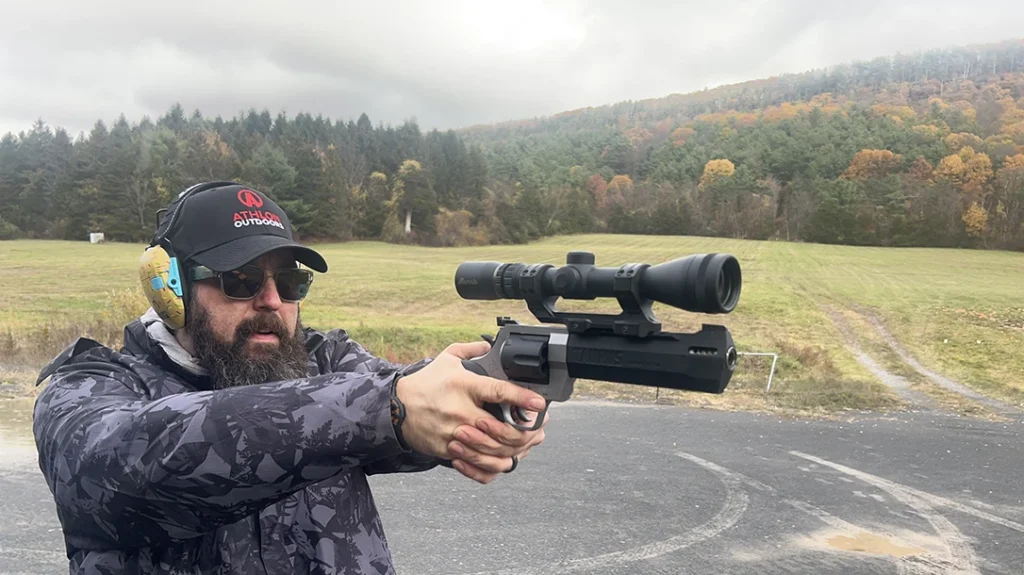
If you want a revolver that will put food on the table, quell a charging animal in a bad scenario, and do it without the need for constant modification, the Raging Hunter is worth your attention. Taurus built something that is both accessible and serious. For a gun that lives in the woods and earns its keep, it is hard to beat this setup.
Advertisement — Continue Reading Below
Editor’s Note: If you’re interested in learning more about .44 Hunting Revolvers, make sure to check out Mitch Eckler’s Ballistic’s Best Hunting Revolvers here.
WHY OUR ARTICLES/REVIEWS DO NOT HAVE AFFILIATE LINKS
Affiliate links create a financial incentive for writers to promote certain products, which can lead to biased recommendations. This blurs the line between genuine advice and marketing, reducing trust in the content.

